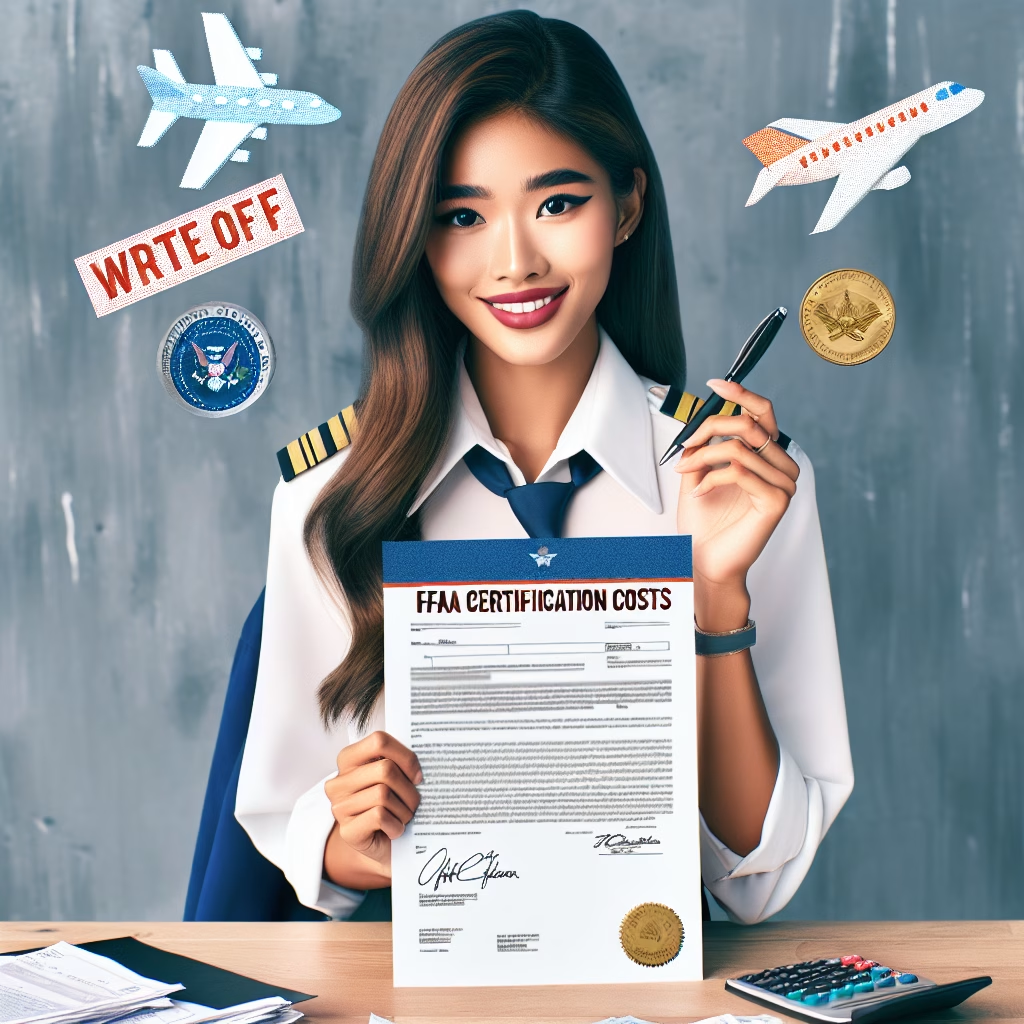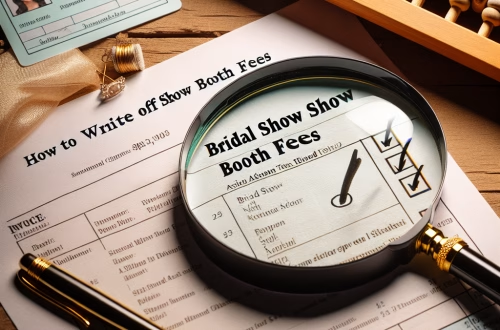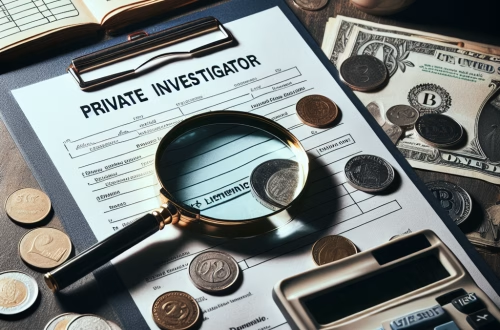How To Write Off FAA Certification Costs
Article Summary
Writing off FAA certification costs is critical for aviation professionals and businesses (e.g., flight schools, mechanics, commercial pilots) seeking to reduce taxable income. Incorrect classification of these expenses can trigger IRS audits or penalties, while strategic deductions improve cash flow for equipment upgrades or workforce training. Key challenges include navigating IRS “capitalization vs. repair” rules under §§263(a) and 162, proving the “ordinary and necessary” status of certifications per Treasury Reg. §1.162-1, and managing state-level variations like California’s partial conformity to federal accelerated depreciation methods. Failure to properly amortize Part 141 training program development costs or bifurcate personal/business use of Part 61 licenses may erode long-term financial benefits.
What This Means for You:
- Immediate Action: Segregate FAA certification costs (checkrides, written exams, aircraft type ratings) from incidental training expenses and document business-purpose allocations.
- Financial Risks: Deducting licenses required for new professions (e.g., transitioning to commercial piloting) may be disallowed as “capital expenditures” under IRC §263.
- Costs Involved: Expect to amortize FAA certification fees spanning >1 year (e.g., $15,000 ATP-CTP course) over 60+ months per IRS Pub. 946.
- Long-Term Strategy: Leverage bonus depreciation (IRC §168(k)) for simulators or training software used for FAA-certified programs.
Explained: How To Write Off FAA Certification Costs
Under IRC §162(a), FAA certification costs qualify as deductible business expenses if they: (1) Maintain or improve skills for an existing profession (e.g., instrument rating renewal for a working CFI), (2) Do not qualify the taxpayer for a “new trade or business” (Chief Counsel Memo 201147024), and (3) Are directly tied to income generation. Federal law requires capitalization under §263A if certifications create intangible assets (e.g., an FAA-approved repair station license). State rules diverge notably: Texas follows federal amortization schedules, while New York requires separate state-specific depreciation calculations for aviation assets under Tax Law §208(9).
Deductible expenses include recurrent checkrides ($700-$1,500), FAA knowledge tests ($150-$175), and Part 135 compliance training. Non-deductible costs include medical certificates required for personal flying (IRS Rev. Rul. 55-540) or licenses enabling career pivots (e.g., private pilot pursuing airline transport pilot certification as a new occupation).
”How To Write Off FAA Certification Costs” Principles:
The “ordinary and necessary” threshold under IRC §162 demands that expenses be common in the aviation industry—e.g., a regional airline deducting type ratings for fleet aircraft. Mixed-use scenarios require strict allocation: A mechanic using an IA certificate for both freelance work (70%) and personal aircraft maintenance (30%) may deduct only 70% of renewal fees. Apportionment must be documented via logs or billing records per IRS Rev. Proc. 2021-34.
Standard Deduction vs. Itemized Deductions:
FAA certification costs are business deductions claimed on Schedule C (sole proprietors) or Form 1120-S (S-corps), separate from itemized deductions. Self-employed aviators may also qualify for the Above-the-Line deduction (IRC §62(a)(1)) for Part 61 instructor renewals. W-2 employees cannot deduct unreimbursed certification costs after TCJA suspended miscellaneous itemized deductions in 2018–2025.
Types of Categories for Individuals:
Flight instructors can deduct FAA FOI (Fundamentals of Instruction) refreshers (IRS Pub. 463). Mechanics deduct Airframe & Powerplant (A&P) exam fees if currently employed in maintenance. Business owners (e.g., flight school operators) amortize FAA Part 141 initial certification costs ($50k-$200k) over 15 years under §197. Pitfall: Deducting costs to qualify for an initial CFI job violates “new trade” prohibitions (Tax Court: Draper v. Commissioner, T.C. Memo 2021-20).
Key Business and Small Business Provisions:
Aviation S-corps/LLCs can expense up to $1.16M in certification-related equipment (e.g., flight simulators) via IRC §179. Accelerated depreciation at 60% bonus rates applies to FAA-mandated tech upgrades (e.g., ADS-B installations). Traps: Major avionics overhauls must be capitalized if they enhance aircraft value under §263A. Document compliance via FAA Form 337 cross-referencing.
Record-Keeping and Substantiation Requirements:
Maintain for 3 years post-filing (6 years if underreported income):
– FAA written exam results (IACRA records)
– Receipts for checkride examiners (DPE invoices)
– Training syllabi showing business relevance
– Time logs proving 50%+ business use for mixed certifications
Audit Process:
IRS auditors scrutinize FAA deductions via IDR (Information Document Request) templates focused on:
1. Proof certifications maintained—not established—employment (e.g., prior-year tax returns showing same occupation)
2. Allocation methodologies for mixed-use
3. Amortization schedules for capitalized costs
Lack of contemporaneous logs is the top audit adjustment trigger.
Choosing a Tax Professional:
Seek CPAs with Air Transportation/Aerospace practice units or EA credentials with ≥5 FAA deduction cases. Key questions:
– “How do you substantiate business purpose for FAA Designated Pilot Examiner (DPE) fees?”
– “What’s your approach to IRS Form 4562 for aviation depreciation?”
Avoid preparers unfamiliar with FAA-CT-8080-2H expense categorization.
Laws and Regulations Relating To How To Write Off FAA Certification Costs:
Federal:
– IRC §162: Ordinary/Necessary Test
– §263A: Capitalization Rules
– Rev. Proc. 87-56: FAA certification amortization periods (15 years)
Notable State Rules:
– California FTB Pub. 1001: Conforms to federal depreciation but disallows bonus depreciation
– New York TSB-M-08(1)I: Requires separate state depreciation schedules for aviation assets
Key IRS Materials:
– Pub. 463: Travel & Entertainment (covers FAA medicals)
– Pub. 535: Business Expenses (certification amortization)
People Also Ask:
Q: Can I deduct home-study materials for FAA written exams?
Yes, if used for current job requirements (e.g., CFI renewing FOI knowledge). Retain receipts and annotate study hours with FAA topics covered. Personal interest materials are non-deductible (IRC §262).
Q: Are drone operator (Part 107) certification fees deductible?
Only for commercial operators with existing drone businesses. Startups must capitalize under §195. Document revenue-generating flights (FAA UAS Facility Maps logs).
Q: Can airlines deduct type rating costs for new hires?
Yes, as employee training costs (IRC §162) if not reimbursed by the pilot. Training leading to promotional qualifications (e.g., captain upgrade) must be capitalized.
Q: What if my FAA certification lapses?
Deductions apply only to active certifications. Renewal costs remain deductible, but expenses during lapsed periods (e.g., flying without a medical) are personal.
Q: How does hobby loss rule affect flight instructors?
If flight instruction income is ≤3 years under §183, the IRS may reclassify deductions. Prove profit motive via business plans or lesson records showing 6+ students/year.
Extra Information:
FAA Licensing Portal (Confirm certification validity for audit defense)
IRS Pub. 463 Travel Expenses (Covers deductible FAA medical exam travel)
NY Depreciation Guidelines (State-specific aviation rules)
Expert Opinion:
Misclassifying FAA certification expenses invites disproportionate audit risk relative to deduction value. Proactively implement dual-use logs, separate capital/expense accounts, and multi-state amortization trackers. Cross-train finance teams on FAA Advisory Circular 00-34B tax documentation standards to preempt disputes.
Key Terms:
- FAA Part 141 flight school tax deductions
- Amortizing A&P mechanic license costs
- IRS capitalization rules for aviation certifications
- State-by-state FAA training amortization
- Documenting business purpose for FAA written exams
- Flight instructor tax deduction compliance
- Section 179 aviation simulator write-offs
*featured image sourced by DallE-3





